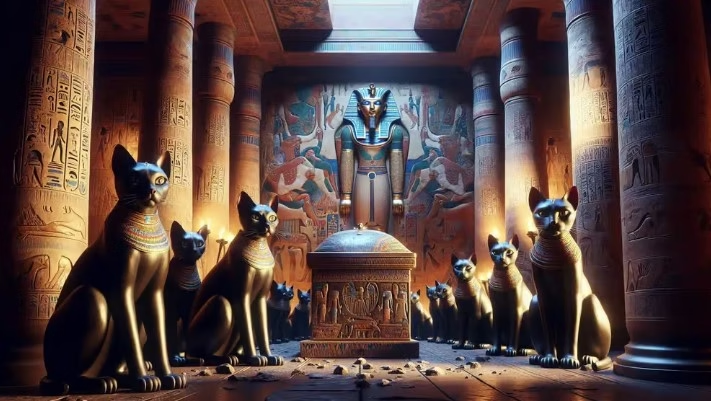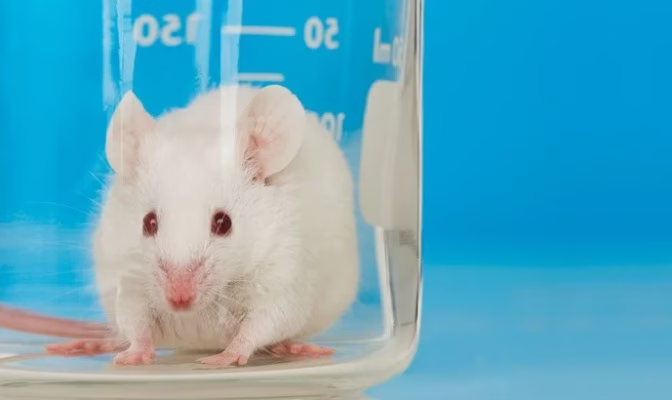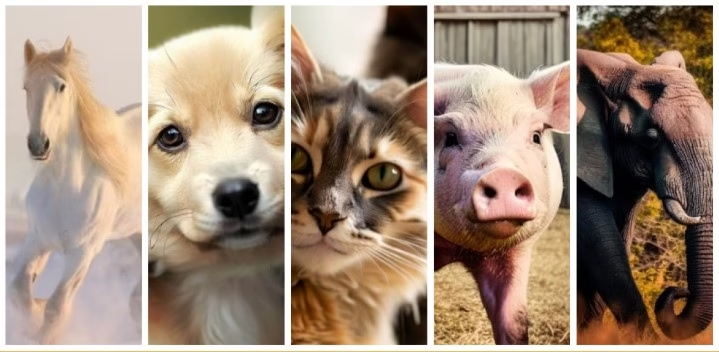- Top 10 Most Influential Animals in human History
- Introduction
- Dogs – Humanity’s Oldest Companion
- Horses – The Engine of Civilization
- Cattle – Foundation of Agriculture and Economy
- Sheep – Catalyst of the Wool Trade and Domestication
- Chickens – Global Food Staple and Cultural Icon
- Pigs – Key to Human Settlement and Diet
- Cats – Guardians of Grain and Culture
- Camels – Ships of the Desert and Trade Revolutionaries
- Elephants – War Machines and Symbols of Power
- Rats – Unseen Influencers of Disease and Science
- Conclusion
- FAQS
- Introduction
Top 10 Most Influential Animals in human History
Introduction
Throughout human history, influential animals have played pivotal roles in shaping civilizations, economies, and even belief systems. From the dawn of agriculture to the rise of global empires, certain species have stood out not only for their utility but for their profound influence on the trajectory of human development. These influential animals were more than just companions or food sources—they were partners in survival, tools of conquest, engines of trade, and symbols of power.
Whether it’s the loyal dog aiding early hunters, the mighty horse transforming warfare and transportation, or the humble rat inadvertently changing the course of medical science, each creature left a unique mark on our shared story. This list explores the ten most influential animals in human history—those whose impact has transcended species boundaries to alter the very fabric of human society, culture, and progress. Their stories are inseparable from our own, woven into the tapestry of civilization itself.
Dogs – Humanity’s Oldest Companion

Dogs were the first influential animals domesticated by humans, likely over 15,000 years ago. Initially helping with hunting and protection, they evolved into loyal companions and working influential animals. Their keen senses made them invaluable for tracking, guarding, and even herding. Dogs have not only supported survival but also held deep cultural and spiritual significance across civilizations. Their enduring bond with humans represents one of the most successful interspecies relationships in history.
Horses – The Engine of Civilization
Horses revolutionized transportation, agriculture, and warfare. Domesticated around 5,000 years ago, they enabled faster travel, expanded trade routes, and altered the nature of combat. From chariot empires to medieval knights and Mongol cavalry, horses shaped the rise and fall of nations. Their strength also boosted agricultural productivity through plowing and hauling. More than just beasts of burden, horses were central to human mobility, power projection, and the spread of culture and technology.
Cattle – Foundation of Agriculture and Economy
Cattle have been a cornerstone of human agriculture for thousands of years, providing meat, milk, leather, and labor. They played a key role in the development of settled farming communities and were often used as a form of currency or wealth in early societies. Oxen, in particular, revolutionized farming through plowing and transport. Cattle’s economic and nutritional contributions helped sustain large populations and facilitated the rise of complex civilizations.
Sheep – Catalyst of the Wool Trade and Domestication
Sheep were among the first influential animals domesticated for their multiple uses—wool, meat, and milk. Their fleece became a vital resource, driving ancient and medieval economies through the wool trade. This demand helped establish long-distance commerce and industrial practices like textile production. Beyond their material value, sheep also influenced pastoral societies and land use. Their domestication marked a shift toward sustainable animal husbandry, deeply shaping economic and social systems across continents.
Chickens – Global Food Staple and Cultural Icon
Chickens have become one of the most widespread and economically important influential animals on Earth. Originally domesticated in Southeast Asia, they spread globally as a reliable source of meat and eggs. Their ease of breeding and adaptability made them a staple in both rural and urban settings. Beyond food, chickens have held religious and symbolic roles in many cultures. Their global proliferation mirrors human expansion and the rise of industrialized food systems.
Pigs – Key to Human Settlement and Diet
Pigs were domesticated early in human history and became vital for their efficient conversion of waste into meat. Their ability to thrive in various environments made them ideal for settled agricultural communities. In many cultures, pork became a dietary staple, while in others, pigs held taboo or sacred status. Their economic and dietary roles, along with cultural associations, reflect the complex ways humans have integrated influential animals into daily life and belief systems.
Cats – Guardians of Grain and Culture

Cats earned their place in human society by controlling rodents, especially around early grain stores and settlements. This made them invaluable for protecting food supplies in ancient civilizations like Egypt, where they were also revered as sacred influential animals. Over time, cats became domestic companions while maintaining their independence. Their mysterious nature and pest-controlling abilities helped them spread globally. Culturally, they’ve inspired myths, superstitions, and even religious reverence, securing their lasting place in human history.
Camels – Ships of the Desert and Trade Revolutionaries
Camels transformed human movement across some of the harshest environments on Earth. Domesticated in the Arabian Peninsula and Central Asia, they enabled long-distance trade across deserts, especially the Silk Road and trans-Saharan routes. Their ability to carry heavy loads and survive with minimal water made them essential for commerce, cultural exchange, and the spread of religion. Entire economies and empires were built on camel caravans, making them key drivers of global connectivity.
Elephants – War Machines and Symbols of Power
Elephants have been used for millennia in warfare, labor, and ceremony. In ancient India, Southeast Asia, and Carthage, they served as powerful war beasts, capable of breaking enemy lines and carrying elite warriors. Beyond the battlefield, elephants were used in construction and revered in royal processions and religious contexts. Their immense strength and intelligence made them symbols of authority, wisdom, and divine connection, influencing politics, religion, and art throughout the ancient and early modern worlds.
Rats – Unseen Influencers of Disease and Science

Though often reviled, rats have had a profound impact on human history. As carriers of fleas that spread the bubonic plague, they played a major role in pandemics like the Black Death, which reshaped societies, economies, and populations across Europe and Asia. In modern times, rats became essential in scientific research, particularly in medicine and psychology. Their contribution to laboratory testing has led to countless medical breakthroughs, making them quiet but powerful agents of change.
Conclusion
From loyal companions to unexpected disruptors, these influential animals have each left an indelible mark on human history. They’ve helped build empires, sustain populations, spread ideas, and even shape the trajectory of science and medicine. Our relationship with them has been one of mutual influence—sometimes cooperative, sometimes catastrophic, but always significant. Understanding their roles helps us appreciate not just the influential animals themselves, but the deep, complex interconnection between human progress and the natural world.
You Can Also Read: Top 10 Most Beautiful Domestic Cat Breeds
FAQS
What animal is most important to the earth?
Bees are the most famous and likely the most prolific of them, but plenty of other creatures pollinate as well, including certain wasps, birds, moths, bats and even lizards. Human society would be dramatically different without these creatures.
What is the greatest animal of all time?
The blue whale
The blue whale is not only the largest animal alive today, but also the largest animal that ever existed. It can reach up to 33.6 meters (110 feet) in length and weigh up to 190 tonnes (210 short tons).
Which animal has the best mindset?
Some of the smartest influential animals in the animal kingdom include dolphins, rats, pigeons, cats and baboons. It’s difficult to compare animal intelligence as they all have evolved different abilities to help them survive in their environments.
Which animal is most helpful to humans?
Dogs are considered by many to be humanity’s best friend for many reasons. From astute service dogs guiding those with visual impairments to loyal friends providing emotional support to search and rescue canines saving lives, this animal has broad positive effects on our world and well-being.
What is the cutest animal in the world?
There’s no single “cutest” animal, as cuteness is subjective. However, some influential animals frequently cited as being very cute include red pandas, fennec foxes, quokkas, giant pandas, and sea otters. Baby influential animals, like kittens, puppies, and baby elephants, are also often considered adorable.
